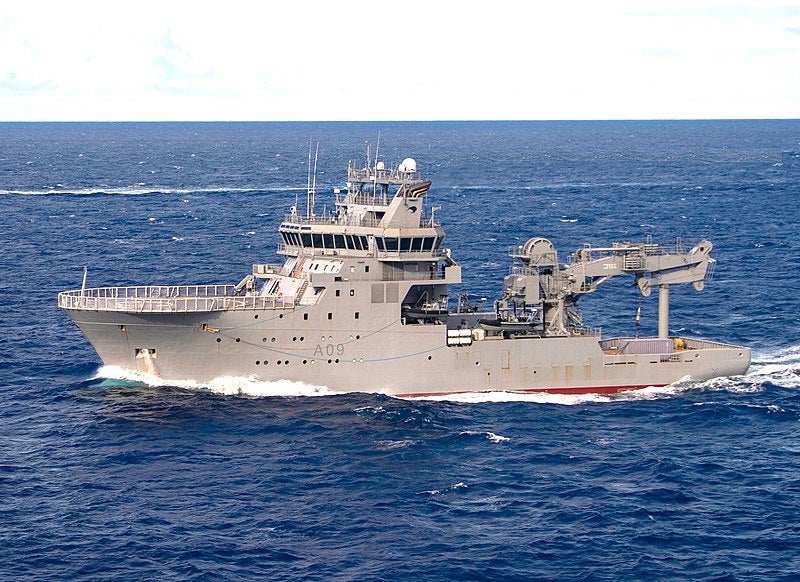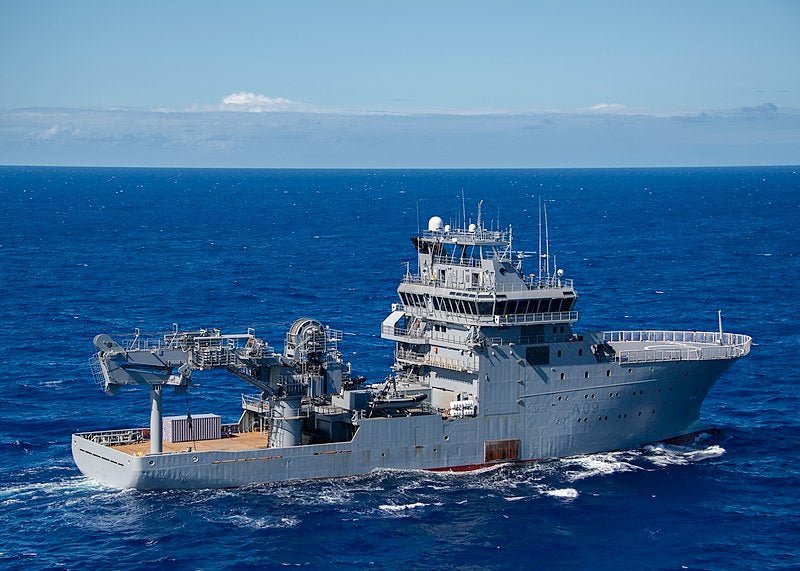What We Know: Sinking of New Zealand’s HMNZS Manawanui off the Coast Of Samoa
The Royal New Zealand Navy’s HMNZS Manawanui (A09) multi-purpose offshore support vessel sank after striking a reef while conducting hydrographic survey work a mile south of Upolu Island, Samoa. This was New Zealand’s first loss at sea since World War Two.
The ship had been deployed to the South West Pacific a week earlier and was due to return home on 1 November following work in the Kermadec Islands, Samoa, Tokelau, and Niue.

A New Zealand Defence Force statement said 75 crew and passengers (including seven scientists and four foreign military personnel) were evacuated by lifeboats and seaboats following the unfortunate accident. The stricken vessel was seen to also be on fire prior to its sinking. The statement also reported that the New Zealand Rescue Coordination Centre led the rescue attempt, and numerous ships and a P-8A Poseidon of the Royal New Zealand Air Force were also deployed to assist.
“We are very grateful for the assistance of everyone involved, from RCCNZ who coordinated rescue efforts, to the vessels which responded and took our crew and passengers from Manawanui to safety,” Maritime Component Commander Commodore Shane Arndell said.
New Zealand officials said there is currently no clear information about how the ship ran aground on the reef and that an investigation has been launched. Divers from the Royal New Zealand Navy (RNZN) have already been sent to the area to examine the wreckage of the sinking ship. Commodore Shane Arndell said that based on initial investigations, the HMNZS Manawanui was at a depth of about 30 meters, and the oil spill from the accident was being dispersed by wind and waves.
As the oil spill concerns Samoa’s entire marine environment, New Zealand marine responders are working closely with Samoan authorities and NZDF personnel to develop plans to support the environmental response. According to Commodore Arndell, several pieces of equipment have been sent to Samoa with New Zealand Defence Force (NZDF) personnel to assist with the initial response and to help address environmental impacts in the area. As more information is gathered from responders on the ground, the NZDF will send more equipment to support the response.

